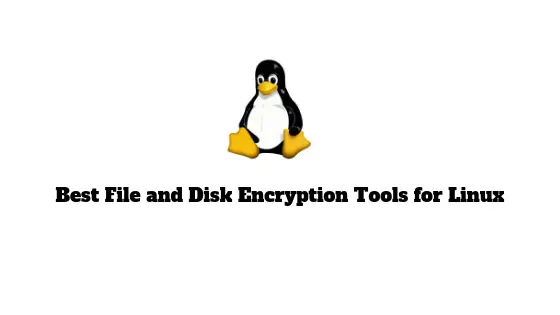

So to sum up, your deleted files are never in fact deleted on an SSD, unless the OS overwrites it somehow in a later time with new data coming in, but you can never know for sure. Had this not been the case – just like with HDDs – then any data wiping programs like shred, wipe and srm would have been enough to delete the data forever, but sadly it isn’t. Īnd this is a problem because SSDs are designed in a way such that it is practically impossible to overwrite specific places on them, because since too much I/O hurts SSDs on the long run, they were designed to spread data writing operations across the disk rather than focus on specific sectors of them.

But the file data is still there in fact and isn’t fully deleted until new data comes and overwrites it at a random later time and probability. You see, when you delete your files on SSDs (Including SD Cards), they are not actually deleted instantly, and rather, what happens is that the current filesystem will simply detach the file node from its data to prevent accessing to it, aka “deleted”. But what if the important data falls in the wrong hands? This is sad because the average Tom simply runs a format before selling his old devices without knowing that the format doesn’t actually delete his files for the new owner, and that the latter can still recover it. In one way, this can be helpful to recover your data if you have not taken a backup using a reliable software like Remo Data Recovery tool. What most people don’t realize is that a quick format or disk deletion does not actually delete their data, and a large portion of it is still recoverable later.

What’s The Relationship Between Encryption & Data Restoration?
#The best encryption software for linux how to#
How to Encrypt Files & Folders on Linux.What’s The Relationship Between Encryption & Data Restoration?.


 0 kommentar(er)
0 kommentar(er)
